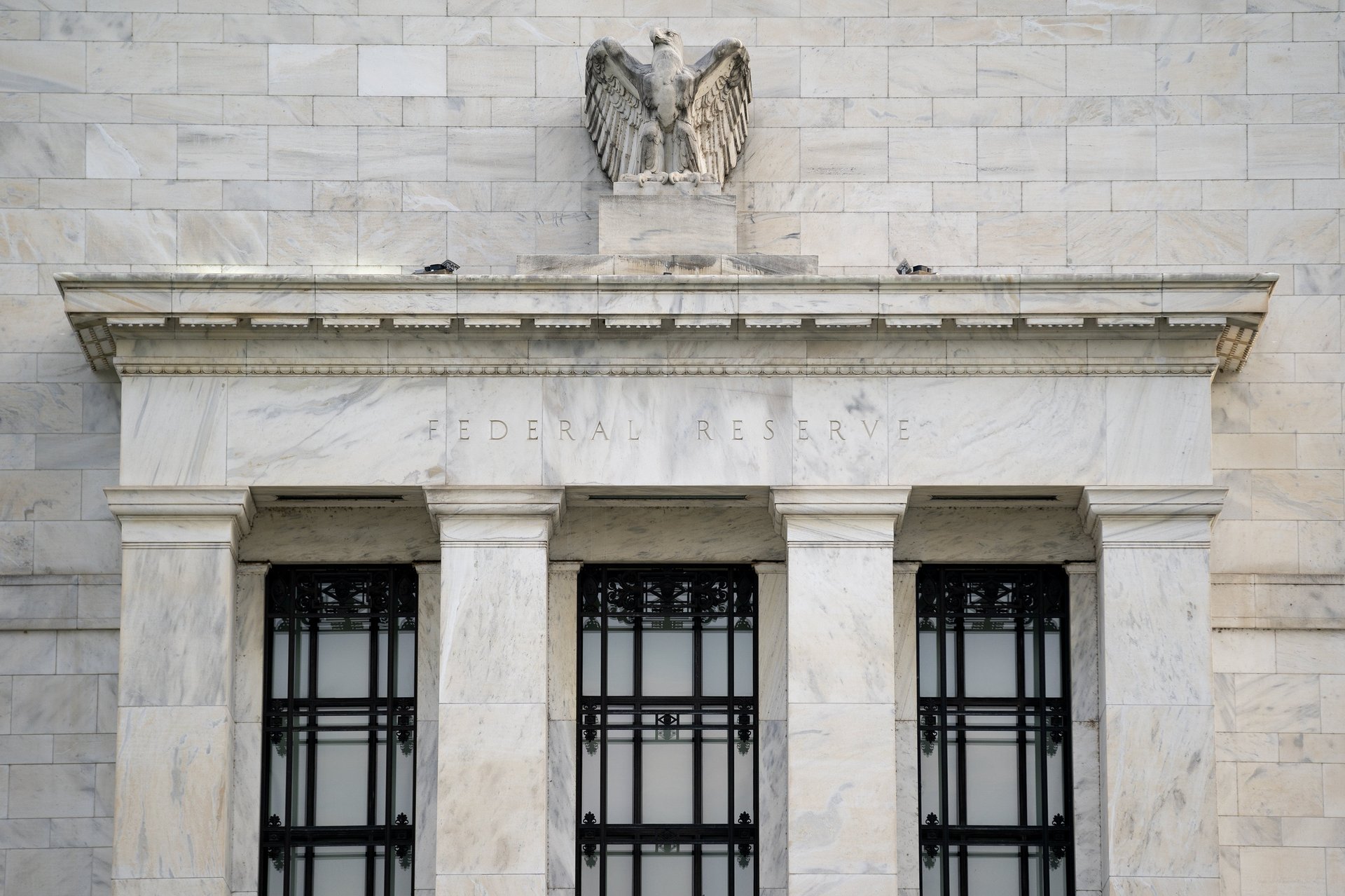America's biggest economic challenge in 2025, according to Chicago Fed President Austan Goolsbee
The Federal Reserve will have to strike a delicate balance as inflation continues to cool, Goolsbee said

As inflation trends toward the Federal Reserve’s 2% target and the economy shows considerable signs of cooling, an interest rate cut later this month seems all but certain.
Suggested Reading
Slowly but surely, many Americans are beginning to feel better about the economy, and many of the post-pandemic economic woes are starting to feel smaller. But for central bankers, the job is never done.
Related Content
The Fed’s so-called dual mandate, to “promote maximum employment and stable prices,” is a perpetual task that involves constant vigilance — and an interest rate increase, or cut, here and there.
With just four months left of 2024, a new year is set to bring new challenges. For Federal Reserve Bank of Chicago President Austan Goolsbee, the top economic challenge for the U.S. next year is moderation.
“I think the biggest challenge is making sure the economy settles. It cools, and it cools to sustainable full employment, and doesn’t just keep getting worse and not stop where it’s supposed to stop,” Goolsbee said in an interview with Quartz. “That’s going to be our challenge.”
Longer-than-expected lags in monetary policy make that challenge all the more difficult, Goolsbee said. When the Fed raises or lowers interest rates, it often takes several months for the economy — and consumers — to feel the impact of the policy change. These lags have been “a little bigger than what they were in previous rate cycles,” the Chicago Fed President said.
“So as the economy is cooling, it is a delicate balance that we’re trying to strike. And it’s not that easy,” he added.
As it stands, the economy appears to be humming along. The Fed’s preferred inflation metric, the Personal Consumption Expenditures (PCE) price index, rose 0.2% on a monthly basis in July, in line with expectations. Consumer price growth came in at 2.9% in July, a strong sign that inflation has cooled considerably toward the Fed’s 2% target.
And even with cooling inflation, GDP growth has remained strong and consumer spending hasn’t yet slowed considerably. This — lower inflation and a still-strong overall economy — has been an achievement in itself, according to Goolsbee.
“We should not forget that was a major event in the monetary history of the U.S., that we actually got inflation down without a deep recession,” he said. “Now can we, on the last tail leg of it, not have the economy worsen? I hope so. That’s certainly the goal.”
But the fear of cooling too much, which could tip the economy into a recession, is persistent. The unemployment rate came in at 4.3% in July, ticking up more than expected, and job openings have fallen more than expected.
Analysts see the possibility of a “shallow recession” at the tail-end of this year and into next. A shallow recession is one that helps to cool an overheated economy, like the one the U.S. has seen over the past year or so, without causing lasting damage. That means slightly higher unemployment, slower inflation, and slightly lower yearly GDP growth.
While there’s “always a chance of recession,” Goolsbee said the Fed needs to remain vigilant and ensure that it’s not keeping monetary policy too tight for too long — a scenario that could be particularly painful to the labor market.
The case for an interest rate cut has come into focus in the past couple months, with a cut largely anticipated at the Federal Open Market Committee’s next meeting, which takes place Sept. 17-18.
At the annual Jackson Hole conference last month, Fed Chair Jerome Powell said “the time has come” for rate cuts, noting growing risks on the labor side of the central bank’s mandate. Powell struck an optimistic note, however.
“With an appropriate dialing back of policy restraint, there is good reason to think that the economy will get back to 2% inflation while maintaining a strong labor market,” he said. “The current level of our policy rate gives us ample room to respond to any risks we may face, including the risk of unwelcome further weakening in labor market conditions.”
